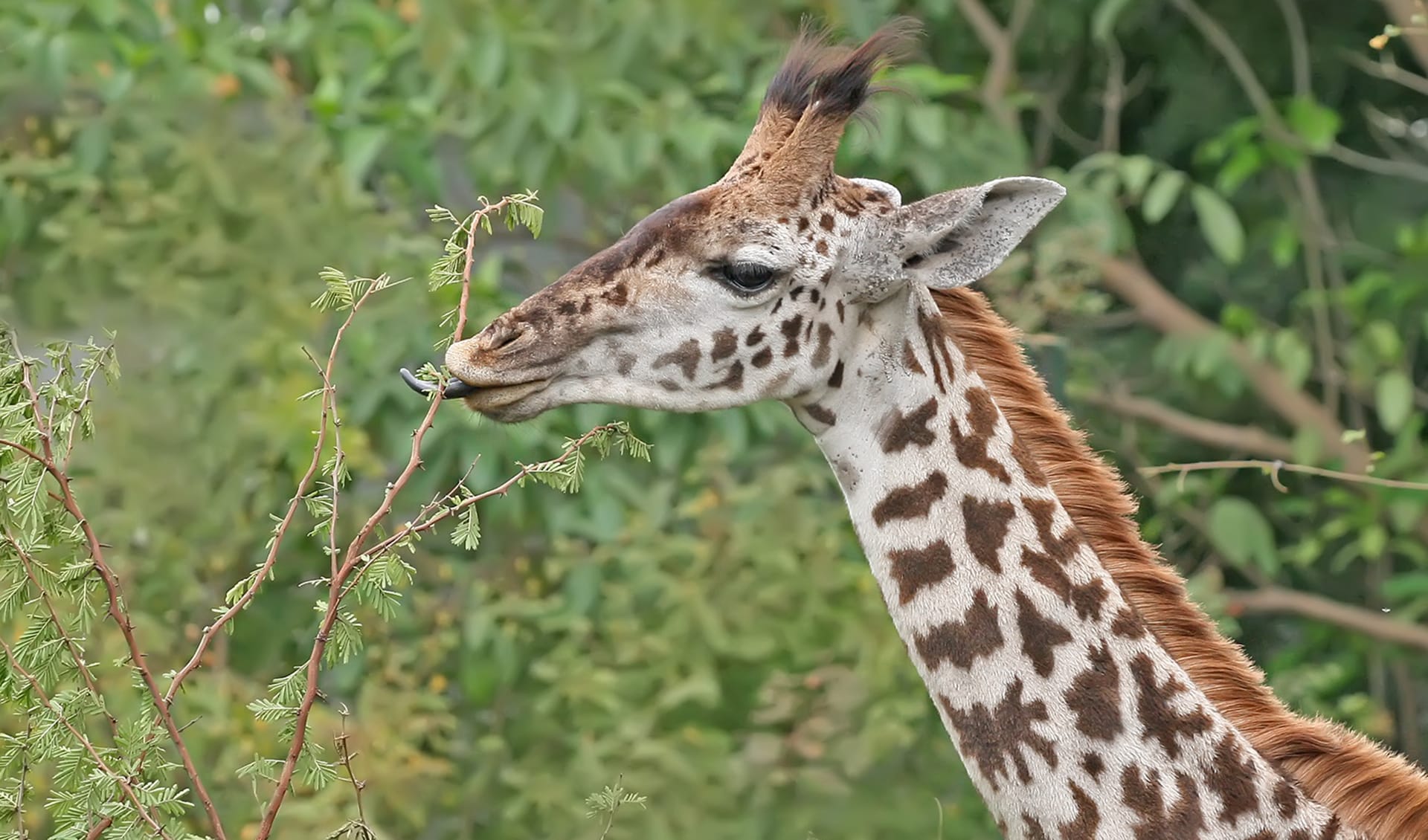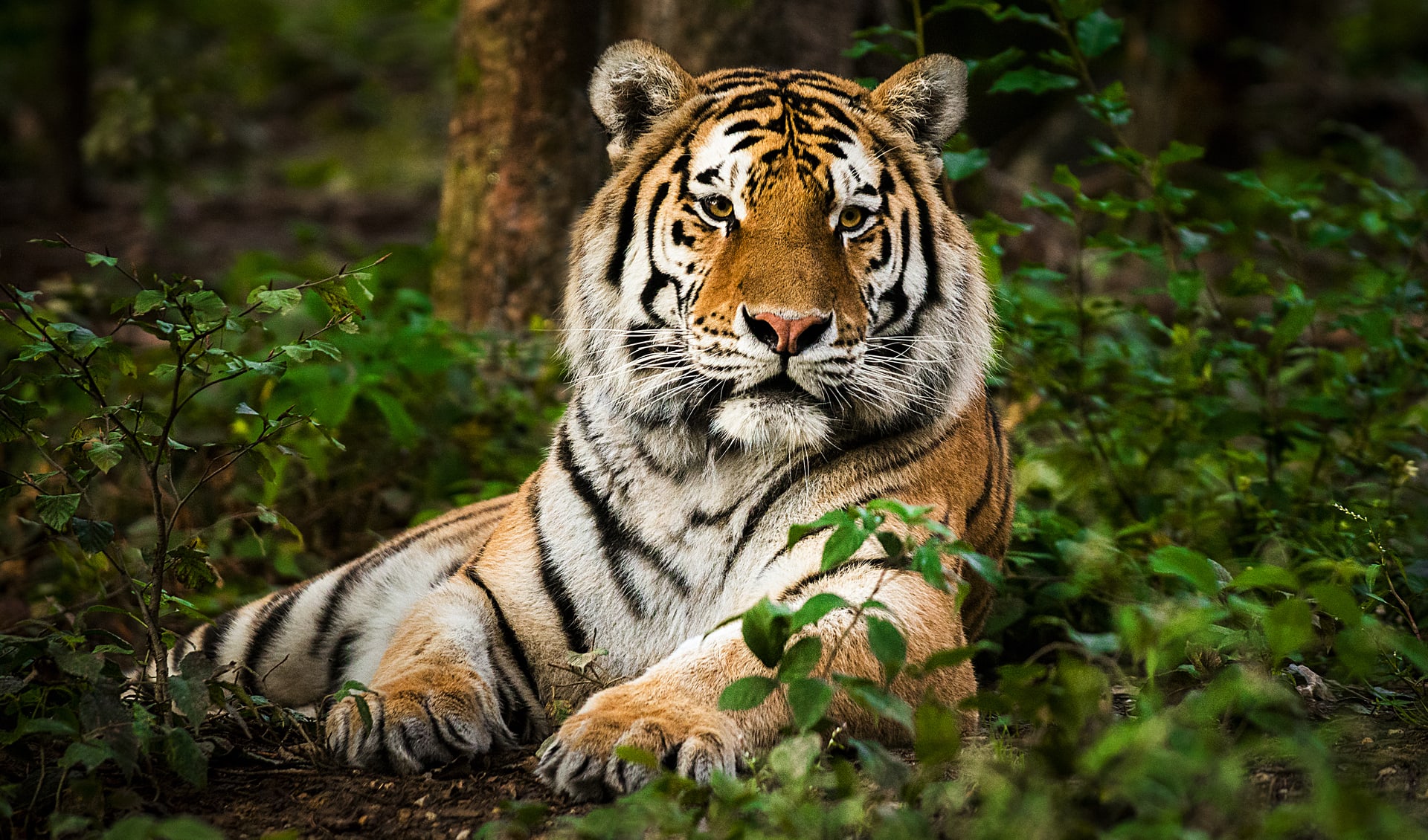Renowned for their elegant movements and distinctive appearance, Masai giraffes stand out with their darker skin coats adorned with ivy leaf-shaped patches and jagged edges, bordered by cream-colored gaps. What sets them apart from other giraffe species is the presence of patches covering their limbs entirely, adding to their unique charm.
Recent studies have identified two subspecies within the Masai giraffe lineage: the Luangwa giraffe (Giraffa camelopardalis thornicrofti) and the Masai giraffe (Giraffa camelopardalis tippelskirchi). The Luangwa giraffe is characterized by its isolated population, confined to the Luangwa Valley in eastern Zambia, rendering it highly vulnerable to extinction. Despite their limited range, Luangwa giraffes exhibit a varied diet, feeding on flowers, leaves, stems, and grasses within their habitat.
On the other hand, Masai giraffes have a wider distribution, spanning southern Kenya, central and northern Tanzania, and a small introduced population in Rwanda. However, they face significant threats from hunting and land use changes, which jeopardize their long-term survival. Conservation efforts are crucial to addressing these threats and ensuring the protection of Masai giraffe populations across their range.
Masai giraffes play a vital ecological role in their habitats, contributing to seed dispersal and vegetation management through their browsing activities. Their presence helps maintain the balance of ecosystems, supporting a diverse array of plant and animal species within their range.
Efforts to combat poaching, habitat loss, and other human-induced pressures on Masai giraffe populations are essential for their conservation. By implementing strict anti-poaching measures, establishing protected areas, and promoting sustainable land management practices, stakeholders can work together to safeguard these magnificent creatures for future generations.
Distribution
 Kenya
Kenya Tanzania
TanzaniaRecent updates
Feb 2022: A group of researchers published a study in the journal “Ecology and Evolution” that examined the genetic diversity of Masai giraffes in different regions of Kenya. The study found that the giraffes in some areas have low genetic diversity, which could make them more vulnerable to disease and other threats.
Dec 2021: The Giraffe Conservation Foundation (GCF) announced the launch of a new conservation initiative called the “Masai Giraffe Conservation Alliance.” The alliance brings together researchers, conservationists, and local communities to work together to protect Masai giraffes in Kenya and Tanzania.
Did you know?
- The Masai giraffe, also known as the Kilimanjaro giraffe, is the largest giraffe species.
- Males and females can be distinguished by the shape of the ossicones.
- Six Masai Giraffes from Kenya were introduced into Akagera N.P. in 1986.
- This entire world’s isolated population of Luangwa giraffe is confined to the Luangwa Valley, which could be entirely devastated or wiped out by disease or mishap.
- Luangwa giraffes are found in a wide variety of habitats and feed on at least 93 species of trees, plants, and fruits in the Luangwa Valley.
- They are poached for their skin, bones, and tails.
Anything we've missed?
Help us improve this page by suggesting edits. Glory never dies!
Suggest an editGet to know me
Terrestrial / Aquatic
Altricial / Precocial
Polygamous / Monogamous
Dimorphic (size) / Monomorphic
Active: Diurnal / Nocturnal
Social behavior: Solitary / Pack / Herd
Diet: Carnivore / Herbivore / Omnivore / Piscivorous / Insectivore
Migratory: Yes / No
Domesticated: Yes / No
Dangerous: Yes / No







